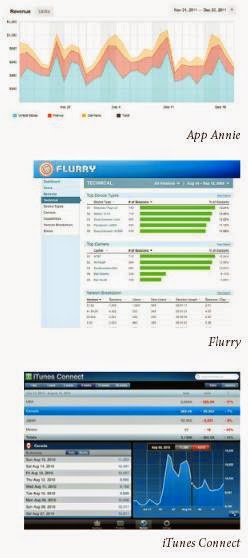Go back - Android and iOS - Submitting your app - Part 2
The Apple submission process
Once your app is created, the programmer will submit a ‘final build’ of the software to you. A ‘final build’ is the last version of the software before you decide it is ready for release. At this point, you must login to iTunes Connect and let Apple know that you are ready to submit a ‘binary’. This is a simple process of entering a description and clicking a button. At this point, you can use the Xcode software to upload your app to Apple’s review system. Once this is done, Apple’s team of reviewers will soon begin poring over your app, testing some basic functionality and determining that it meets their submission criteria.
The most common reason for an app being rejected by Apple is that it crashes the device. This might seem like a very simple problem, but you would be surprised how many apps get rejected for this reason. Test your app thoroughly on different iPhone and iPad devices, as well as the latest iteration of the iOS software. We have found graphics processing quirks that are unique to certain versions of hardware - and, although these are rare, the last thing you want is your app’s comment section filled with abuse from angry users.
When your app is approved, you will receive notification from Apple and – depending on what you specified at the time of submitting your app – it will be available on the store immediately, or on the date you determined. Once it’s live on the store, sit back and hold tight, it’s time to watch the money roll in.
The Android submission process
Publishing your application on Google Play involves a few simple steps. First, you must create the graphics that will sit alongside the download link for your app on Google Play. Then you can open up the Google Play Developer Console and select the publishing options, enter details for your app, and upload all this information, together with your app ‘binary’ to Google’s servers.
Google, as with Apple, recommends that you create attractive screenshots to accompany your app on Google Play. You can pack the listing for your app with screenshots, videos, graphics, and text. Google Play
has a minimum requirement of two screenshots of your app, together with a high-res application icon.
Getting featured
In my experience, there are only two ways to get featured on the app store. Either be a giant corporation like Disney or Random House, or The BBC, or make an app that is so great that Apple notice its brilliance and decide to promote you in a highly-desirable banner advert in iTunes. This is the holy grail of endorsements and will bring you many thousands of downloads in the space of a few hours. However, I know lots of people who got featured as banner apps, but because their app was not strong enough, sales quickly trickled away. The aim is to be brilliant, get featured, and sustain sales.
There is no special trick to getting featured, and it’s rather like being at school - just keep working hard and hopefully the teacher (Apple) will notice your work and pin it to the wall. Good luck.
Tips and tricks to improve store rankings
There used to be a variety of ways to improve app store rankings. In fact, at the beginning of the app revolution, developers discovered that they could rise up through the charts simply by submitting as many updates as possible. Each time they submitted a new update, their app would rise to the top of the ‘New releases’ list and they’d see an increase in sales.
More recently, developers have stolen credit card numbers and used these to artificially increase the download rate of their app. This encouraged other, legitimate customers, to assume the app was great, and download it themselves. This practise was quickly halted by the major app stores.
The most recent trick has been to rip off an existing app idea and give it a similar name. While this behaviour has been clamped down on in the Apple App Store, the Google Play store is still wide open to this kind of abuse.
The simple truth is: You can’t really use tricks to improve app store ranking, and if the store owners catch on, there is a good chance they might kick you out. The best tips or trick for getting you app to rise through the charts is this: Make a great app.
Read Next - Android and iOS - Submitting your app - Part 4


